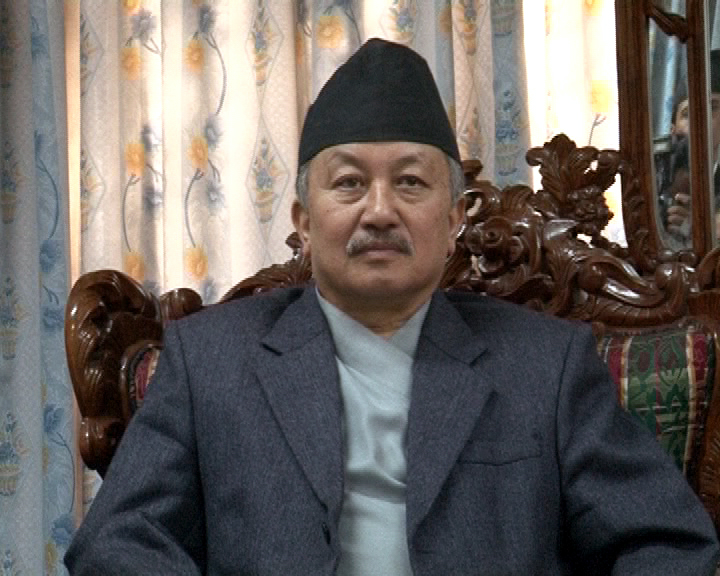Looking back at impeachment motions in parliament
Bhrikuti Rai / October 28, 2016

Former speaker Subas Nembang. Photo Courtesy: Kris Dulal/wikimedia commons
Speaking at Rise and Shine aired on Kantipur Television on October 27, former speaker Subash Chandra Nembang said the following about impeachment motion:
“There is a provision [in the constitution] of impeachment for removing the heads of constitutional bodies. Merely a no-confidence vote is not enough to remove them. In the past, there have been a few instances where impeachment motions have been brought.”
South Asia Check examined whether this statement is correct.
The Constitution’s Article 101 (2) states: “One-fourth of the total number of the then members of the House of Representatives may move a motion of impeachment against the Chief Justice of Nepal or a Judge of the Supreme Court, member of the Judicial Council, chief or official of a Constitutional Body on the ground of his or her failure to fulfill his or her duties of office because of serious violation of this Constitution and law, incompetence or misconduct or failure to discharge the duties of office honestly or serious violation of the code of conduct. If the motion is passed by at least two thirds majority of the total number of the then members of the House of Representatives, the concerned person shall be relieved of his or her office.”
Therefore Nembang’s statement about the provision for impeachment is correct.
On September 23, 1998, a proposal was filed against the then speaker Ram Chandra Paudel and deputy speaker Leela Shrestha Subba on the charge of failing to fulfill their responsibilities. The motion against Paudel was filed by the CPN-UML, Rastriya Prajatantra Party and Nepal Sadhbhawana Party. Likewise, the motion against Subba was brought by the Nepali Congress and the CPN (ML).
The motion was filed following a dispute between parties over the process to take forward a bill on local self-governance. While the proposal was still under discussion, the deputy speaker, Leela Shrestha Subba, resigned her post on October 10, 1998.
On October 15, during the vote on impeachment against Paudel, 55 votes were cast in favor of the motion and 123 against it. In order for the motion to be passed, 137 votes were required. The provision in the Constitution of the Kingdom of Nepal 1990 required the votes of two thirds of the total number of House of Representatives to relieve officials of their office if a motion was filed against them for not fulfilling the duties of their office. Therefore the provision could be considered similar to impeachment.
Therefore Nembang’s claim about impeachment motion as per the existing provisions in the past is correct.
This material is copyrighted but may be used for any purpose by giving due credit to southasiacheck.org.
Comments
Latest Stories
- In Public Interest Covid-19 cases are low, but that’s not an excuse to avoid vaccination
- In Public Interest What is BF.7, the sub-variant that has the world by its grip?
- In Public Interest Threat of a new Covid-19 wave looms large amid vaccine shortage in Nepal
- In Public Interest As cases decline, Covid-19 test centres in Kathmandu are desolate lot
- In Public Interest Dengue test fee disparity has patients wondering if they’re being cheated
- In Public Interest As dengue rages on, confusion galore about what it is and what its symptoms are. Here’s what you need to know
In Public Interest
 Covid-19 cases are low, but that’s not an excuse to avoid vaccination
The Pfizer-BioNTech bivalent vaccines authorised by the Nepal Government provide better protection a...
Read More
Covid-19 cases are low, but that’s not an excuse to avoid vaccination
The Pfizer-BioNTech bivalent vaccines authorised by the Nepal Government provide better protection a...
Read More
- What is BF.7, the sub-variant that has the world by its grip?
- Threat of a new Covid-19 wave looms large amid vaccine shortage in Nepal
- As cases decline, Covid-19 test centres in Kathmandu are desolate lot
- Dengue test fee disparity has patients wondering if they’re being cheated
- As dengue rages on, confusion galore about what it is and what its symptoms are. Here’s what you need to know